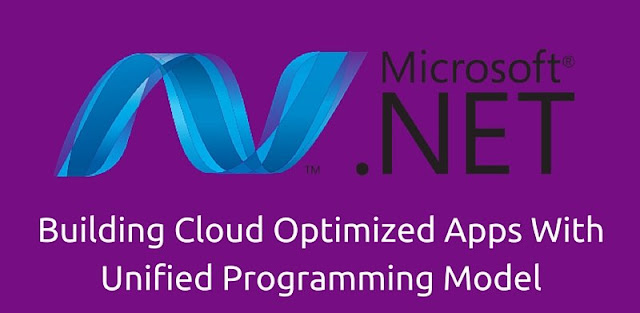MVC or Model View Controller pattern is one of the famous design patterns that help asp.net mvc developers in building easy-to-maintain applications. MVC framework promotes code recycling and testability. The platform is built on top of the asp.net runtime and follows the pattern of MVC design. In this story, you will learn major features in asp.net mvc 6.
MVC design pattern has three major components- Model, View, and Controller.
Model is the layer that represents the data of the app. View represents the presentation layer or UI layer. Controller layer holds the business logic of the user app.
The design pattern of MVC enables user to separate the concerns and makes the app code simpler to maintain and test. MVC 6 is the current version of the framework that eliminates dependency on system.web.dll. This means user need to include the Microsoft.asp.net.MVC namespace. MVC 6 offers leaner framework, lowers resource consumption, and brings faster startup time. It becomes inexpensive after the removal of dependency on System.web.
Professionals have intended the MVC 6 framework for the cloud. Users can take advantage of cloud optimized framework and have different versions of the CLR reside for distinct websites running inside the cloud. Developers have unified the Web API frameworks and MVC into single programming model with asp.net 5. User can also avail support for OWIN abstraction with MVC 6 that includes Web Pages and Web API to expel the overlap between the three frameworks.
Major components and features of asp.net 5:
- Cross-platform runtimes
- Dynamic compilation
- Cloud ready configuration
Professional Asp.net MVC developers can avail the preview of asp.net 5 in Visual Studio CTP 6 release that also comprises of latest project templates, enhanced system references, task runner explorer tool, etc.
Get More Information About: TV screen repair machine

0 comments:
Post a Comment